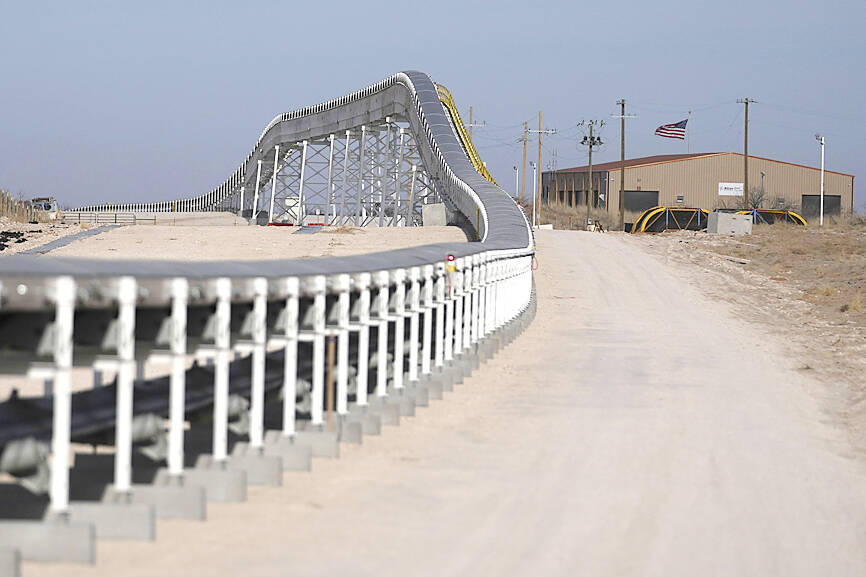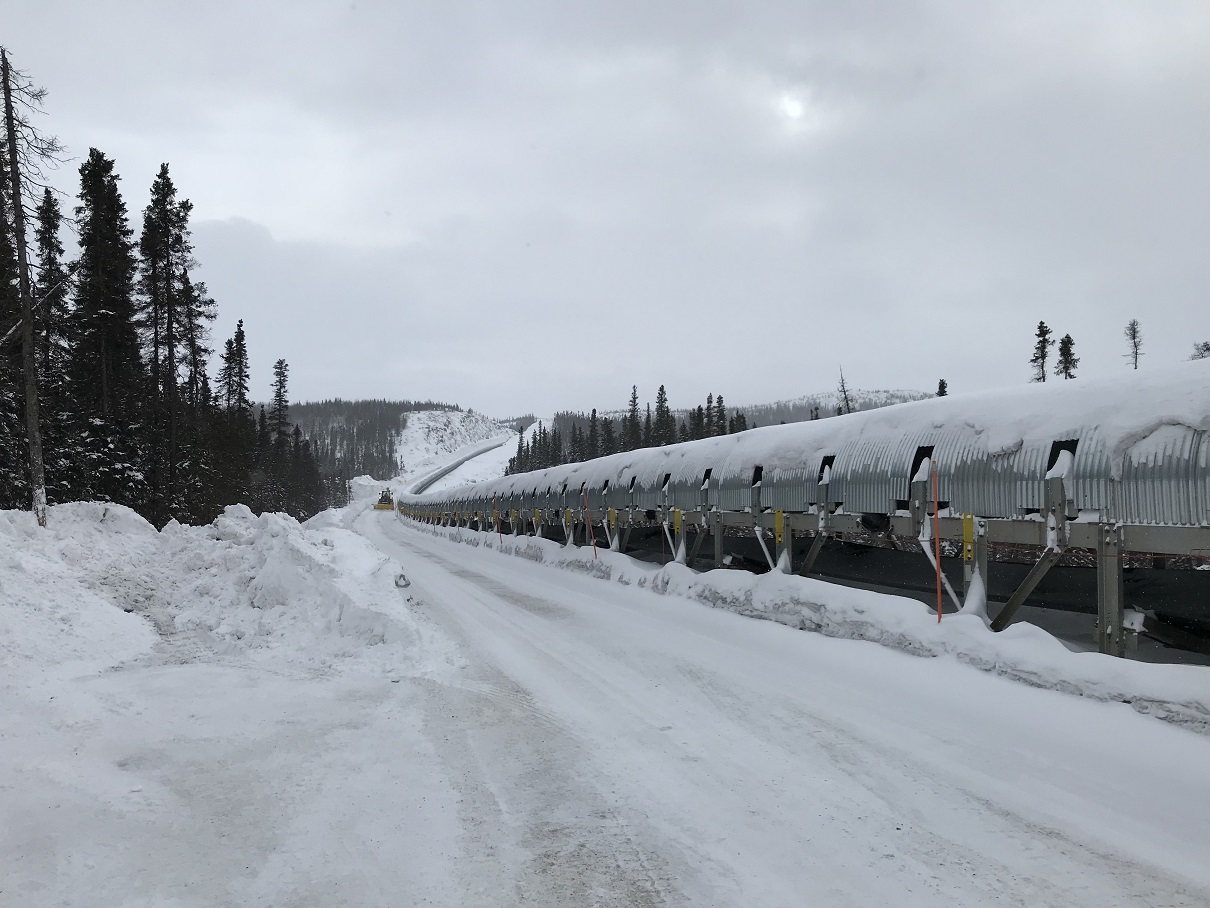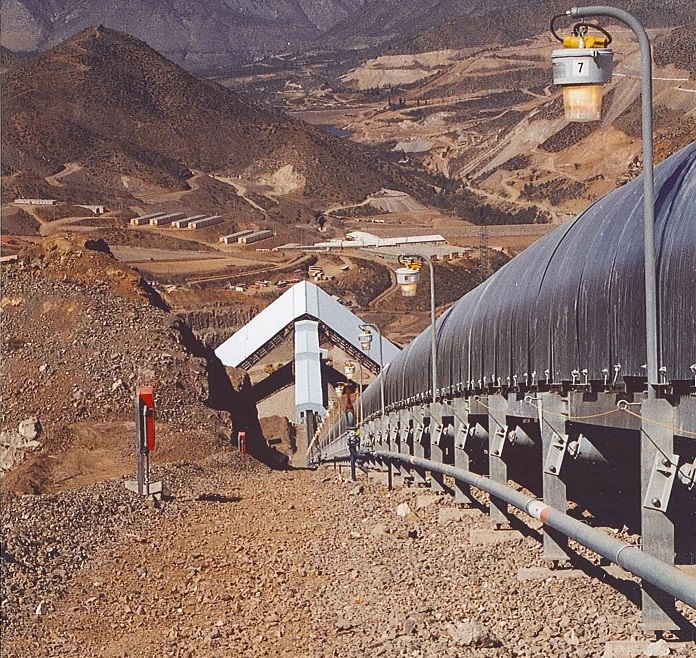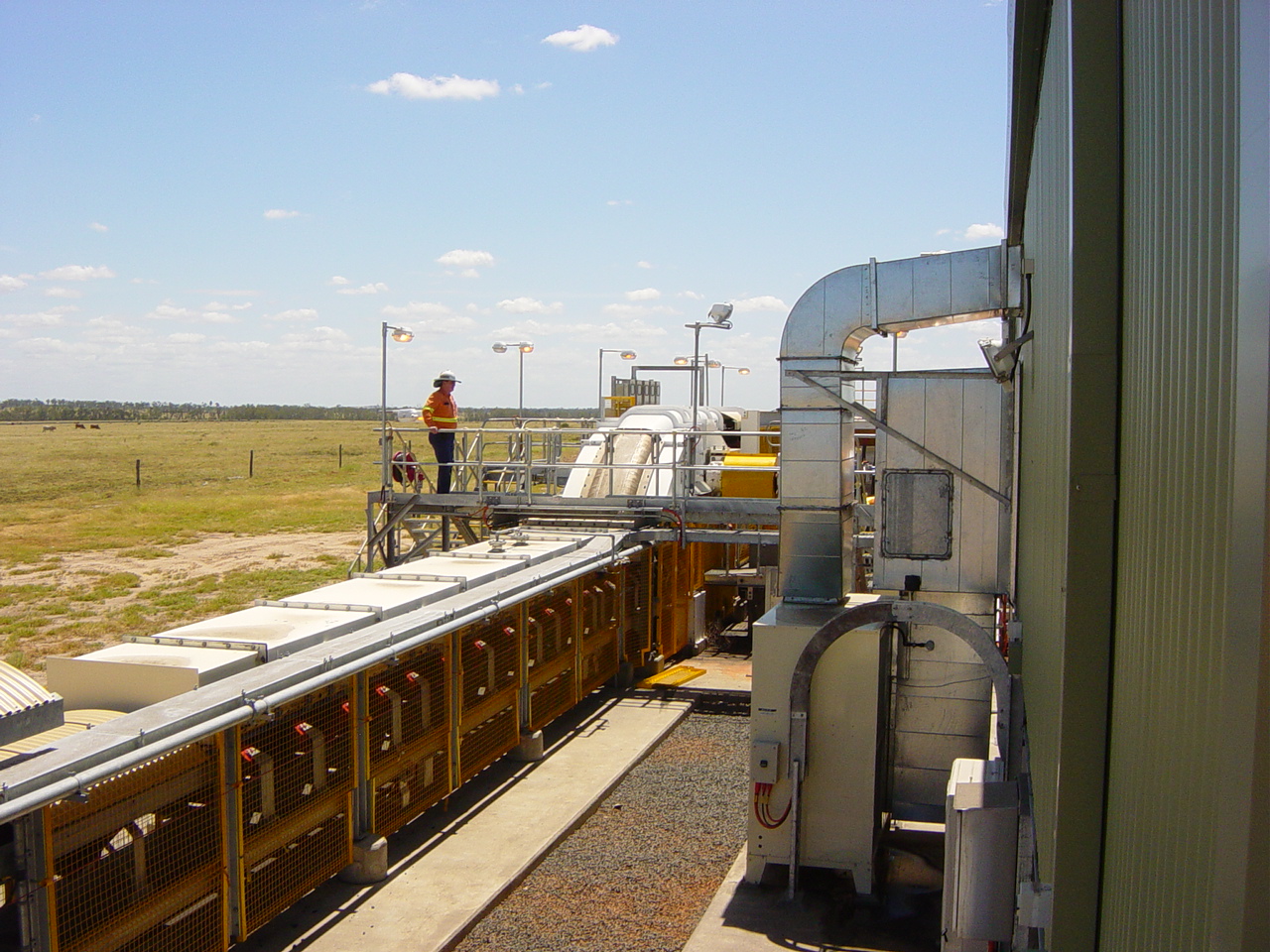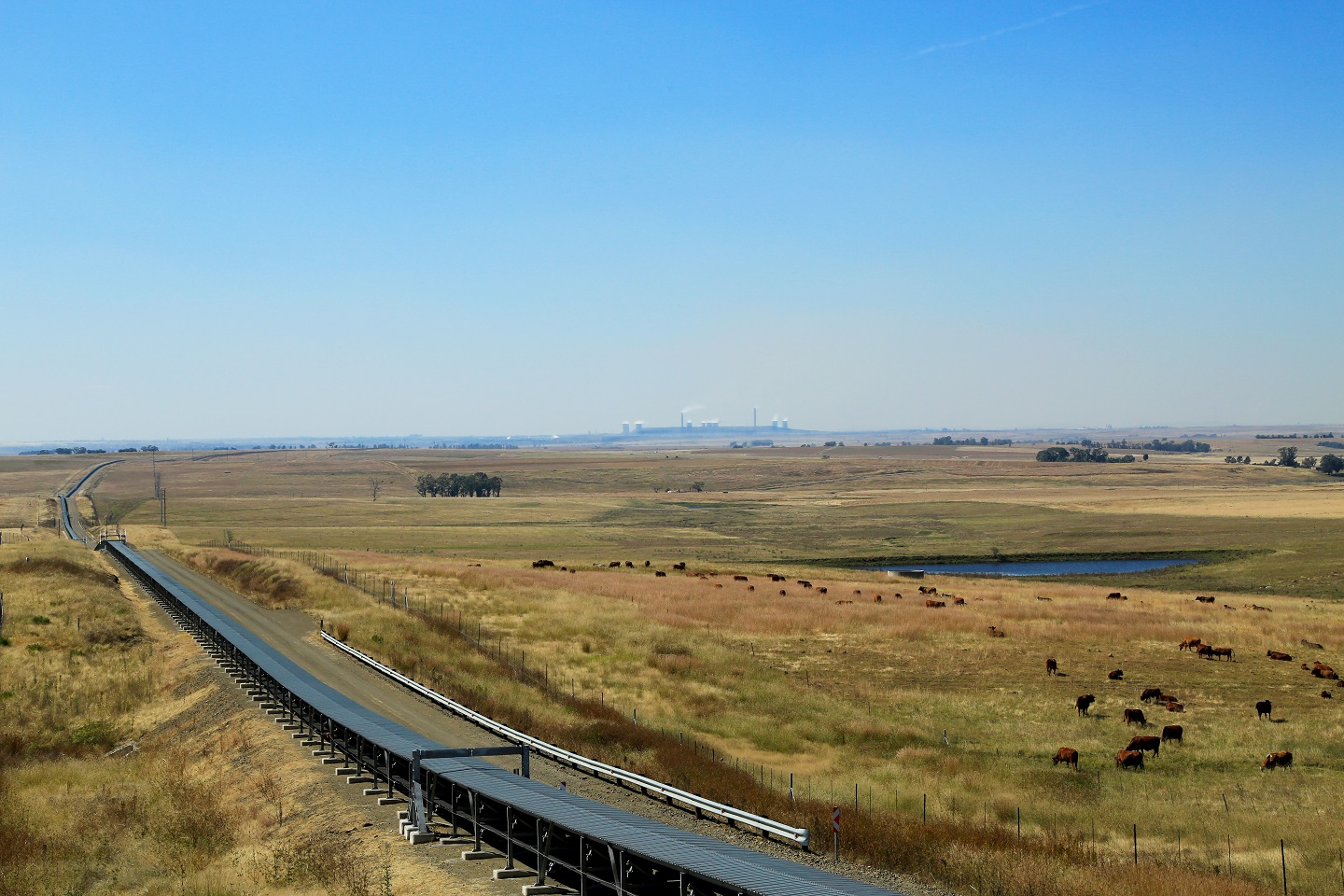WORLD RENOWN CONVEYOR DESIGNER, SINCE 1981
Overland conveyor belts are one of the most critical piece of infrastructure in mine and ports. Often a single or handful of overland conveyors are responsible for importing or exporting all your product. When one of these conveyors fails, the negative impact on production is enormous. No company in the world has a better track record of designing reliable conveyors and fixing the mistakes of others than Conveyor Dynamics, Inc. (CDI)
Summary CDI of History and Achievements
Lawrence Nordell founded Conveyor Dynamic Inc. in 1981 to develop dynamic analysis software for conveyor belts to simulate the dynamic shockwaves that develop in conveyors when they start and stop. At the time, simulating conveyors on computers was a revolutionary idea. His team kicked off the development of the BeltStat (steady state analysis) and BeltFlex (dynamic analysis) we still use today.
Our team pioneered many of the advanced conveyor design technologies in use today including algorithms to predict the power consumption of conveyor for a specific rubber compound a decade before others started working on the problem, and chute design with Discrete Element Modeling (DEM), and advanced conveyor pulley design tools.
OEMs often do not have the resources to optimize designs for your specific project. This occasionally leads to costly failures. No other conveyor design company can match Conveyor Dynamics experience checking OEM recommendations like design elements like conveyor belt splice design/construction, lagging selection, and brake hydraulic diagrams.
Our PLC controls group has replaced control systems developed by leading PLC vendors that were not working reliably on numerous occasions.Throughout our history we have designed many notable/ record breaking conveyor systems including:
- Palabora 15.5° slope belt with a strongest at the time (1987) ST-6600
- Zimbabwe Iron and Steel - Longest trough belt conveyor at the time (1996) at 15.5 km
- Los Pelambres - highest power downhill conveyor at the time (2000) at 10 MW per conveyor
- Wesfarmers North Curragh, Australia - Longest trough belt conveyor at the time (2008) at 20 km
- Impumelelo, South Africa - Longest trough belt conveyor in teh world today at 26.8 km
- Dune Express, Texas, USA - Second Longest conveyor system in the world- 68 km
Typical CDI Design Scope
General
Conveyor Dynamics is a small company largely focused on mechanical engineering, automation, and controls. For large projects, we always partner with local conveyor construction companies to deliver the system. Broadly speaking, we expect our partner to provide at a minimum the civil, structural, and electrical engineering in the project as well as procurement and construction services. CDI can assist these teams where our unique technology can add value, but the bulk of the work will be done by our partner. In the mechanical and controls domains, our scope varies widely depending on the capabilities and experience of our chosen partner. Even though our partner will shoulder a large portion of the engineering, we still recommend contacting CDI directly during the planning stage of the project to ensure that the latest technology is employed on your job and discuss viable partners.
Conveyor Route Selection
Conveyor route selection is a complex iterative process. In populated areas, purchasing land for the projects can take more time than designing and building the conveyor! Success depends on tight coordination between the Conveyor Engineering, Civil Engineering, Mine Engineering, Environmental Engineering teams. The conveyor engineering team will complete preliminary simulation work to ensure that none of the horizontal or vertical curves will not damage the equipment. The civil team will balance cut/fill and keep the conveyor as close to the ground as possible. The conveyor route must also allow the conveyor to meet all Design Criteria. At the end of this task, the plan and elevation view of the ground below the conveyor will be finalized. The final route must allow adequate access to the conveyor to minimize the mean time to repair.
Basic Mechanical Conveyor Design
The basic engineering of a conveyor will typically include developing:
- General Design Criteria
- General Material Handling Criteria
- Static analysis with BeltStat to size the equipment in the conveyor including (belt, motors, brakes, take-ups, belts, idlers, etc)
- Dynamic analysis with BeltFlex to select the equipment needed to safely start and stop the conveyor under all possible scenarios.
- Mechanical layout drawings
- Optional: Transfer house architectural drawings
- Optional: Discrete Event Simulation (DES)-- to review selected tonnages and stockpile sizes
- Optional: Discrete Element Model (DEM) of the transfer chute
Detail Mechanical Conveyor Design
CDI's scope in Detail Engineering Phase of a conveyor will typically include developing:
- Updating the Conveyor Static Analysis
- Belt rubber compound testing
- Pulley FEA
- Updating the Conveyor Dynamic Analysis
- Mechanical General Arrangement Drawings - Head, Tail, complete conveyor
- Component Specification and Datasheets
- Review of structural drawings
- Review of equipment vendor tender offers
- Transfer House General Arrangements Drawings
- Transfer house Arrangements Drawings
- Take-up GA drawings
- Belt reeling station GA
- Ground module detail drawings
- Transfer chute DEM simulation and chute detail drawings
- PLC programming and control system documentation
- Instrument selection
- Belt Installation procedures
Commissioning
CDI's scope in the commissioning phase typically consists of installing and commissioning our PLC code and collection data showing that all systems are functioning properly.:
Conveyor Cost and Schedule
Sometimes potential clients ask Conveyor Dynamics what a conveyor costs before they have a route or even a clear idea how wide the belt is. An overland conveyor project is an infrastructure project. Like any infrastructure project, the cost varies widely depending on local conditions. The cost can be as low as 1500 USD/m up to 12000 USD/m depending on topography, elevation change, climate, quantity of elevated vs ground based steel.
Conveyor projects can be completed in a year, but including engineering most overland conveyors take at least two years to complete. If you hire us to complete a feasibility study of your project, we can refine the cost and schedule to roughly +/-20% without a partner. Beyond that, we will need to work with a partner to get you a firm quote.
